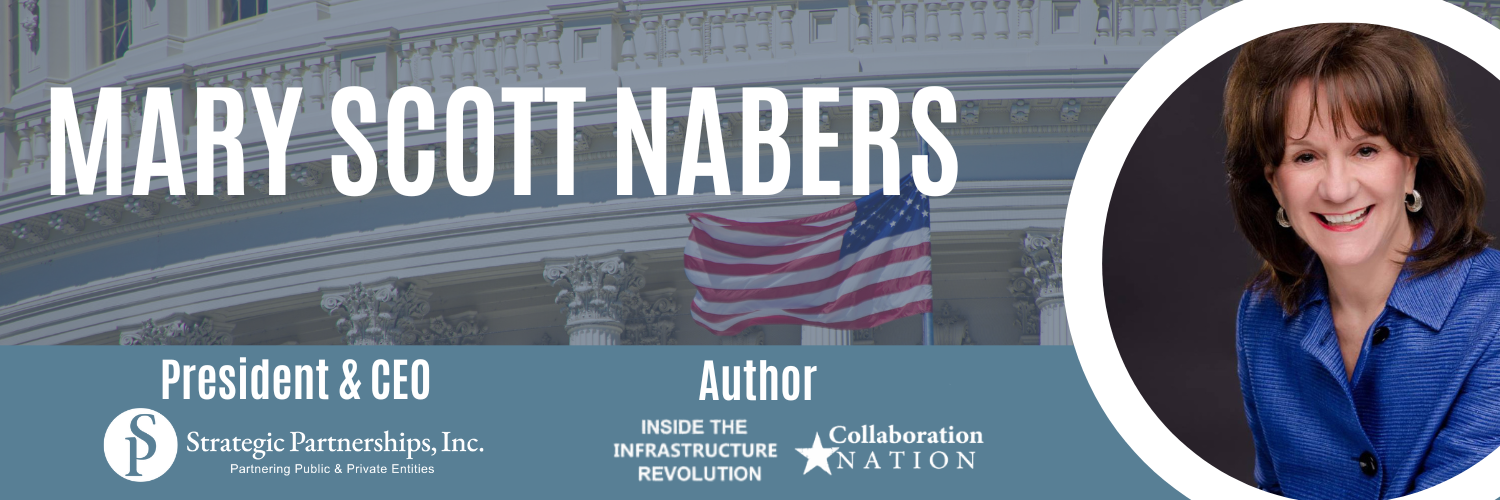
As the country reopens for business and citizens strive to find normalcy, many critical issues must be addressed. Every region, citizen, and employer in America has been impacted by COVID-19, and getting back to normalcy and prosperity will require bold leadership.
Decisions loom large, and how they are made will impact every region’s economic future as well as every citizen’s well-being. Best to watch the following regional decisions because these are the ones that will result in positive results:
- What will be done to reboot the economy?
- How will local officials prioritize immediate needs while struggling with extremely constrained budgets?
- What will educators do to make up for lost time and also prepare for potential closings in the future?
- What initiatives will be taken to prioritize broadband expansion?
- How will local health care districts and hospital systems support telehealth, testing, and rural health shortages?
- Will elected leaders finally recognize that the country’s infrastructure is crumbling and begin to address the problem?
- What will state legislators do to restore trust related to voting security?
- Will politicians rein in the rampant and continual political bickering?
Normalcy in the future actually will be quite different. Big changes have occurred, businesses have been disrupted, people have been displaced, and regulations have morphed. Citizens throughout the country will experience different types of leadership that will impact their well-being. Economic vitality will hinge on good decision making.
 No matter what any citizen believes about the cause of climate change, everyone agrees that the changes have left us vulnerable. We have entered ‘hurricane season’ and there is no doubt that over the next few months parts of the country will experience destructive storms. Many regions have spent months preparing and bracing for hurricanes and flooding. Other regions have done nothing.
No matter what any citizen believes about the cause of climate change, everyone agrees that the changes have left us vulnerable. We have entered ‘hurricane season’ and there is no doubt that over the next few months parts of the country will experience destructive storms. Many regions have spent months preparing and bracing for hurricanes and flooding. Other regions have done nothing.
The possibility of another flare up with COVID-19 is a threat that must be met head-on. Some areas of the country are preparing for the worst and hoping for the best. Other regions have done nothing and are obviously relying on luck.
Some visionary officials are working diligently to make broadband available in rural areas. They recognize how critical that issue is, but several states have no champions for this cause.
Resources and equipment are now available in most hospital systems, but thousands of medical clinics that were once convenient and abundant have been shuttered for many months. Not all will reopen. Nonprofit organizations that once provided citizen services and assistance are out of funds. A few, and maybe more, will not survive COVID-19. Visionary leaders are making health care services a high priority.
No standardization exists about how the education of students will be handled. It’s impossible to know now which path will be most productive, but collaborative initiatives are required. Workforce training must be jump-started in spite of the fact that all workforce resources have been consumed with unemployment insurance for quite some time. Training and retraining is always more successful when done through collaboration with industry and government.
Many municipal leaders are building for tomorrow by redesigning urban areas, enhancing public safety, launching resiliency initiatives, and upgrading water facilities. There’s also evidence of public-private partnerships – collaborations between cities, counties, universities and nonprofit organizations with major employers and banking partners.
Hundreds of construction projects, already announced, include roadways, airports, public transit enhancements, and thousands of affordable housing initiatives in parts of America. Dozens of public school districts are moving ahead with campus projects, and community colleges are expanding and relocating near high schools so that partnerships are more convenient. But, these types of job-creating and economic-impacting projects are not evident everywhere.
Some universities are launching visionary research initiatives. Texas A&M University is researching meat shortages and working with both public and private sector scientists to develop vaccines. The university also is using its extension system to work with communities for economic development. The University of Texas at San Antonio has built a large, futuristic cybersecurity research center where hundreds of public-private sector initiatives are planned. The center will be a hub for research initiatives.
Phoenix, San Francisco, and Cupertino, California, all are heavily involved in autonomous vehicle testing. Other cities are intensely pursuing digitization and big data projects that involve artificial intelligence. The smart city challenge in 2020 will reward futuristic initiatives that use Internet of Things (IoT) technology to improve mobility, public safety and sustainability. Watch the winners of this competition and the cities that have innovative projects to represent the greatest growth potential for the future.
States leading the way in health care initiatives include Hawaii, Massachusetts, Minnesota, Washington, and Connecticut. A list of visionary states launching the most public-private partnerships will include Virginia, Florida, Colorado, and Pennsylvania.
A new day is coming soon, and the most coveted place to be will be found in regions where there’s a concentrated focus on health care, education, public safety, technology, economic development, collaboration, and innovation. That’s the focus areas destined to result in the kind of vibrant normalcy that we all seek.
